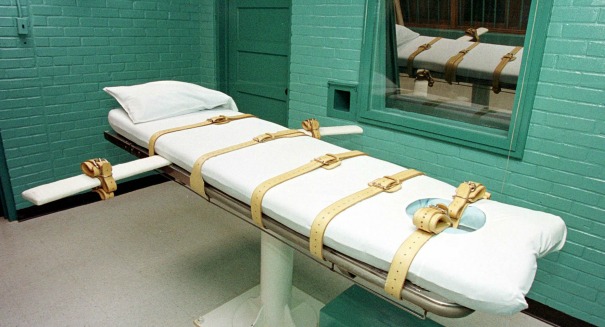
The botched execution of Clayton Lockett, who writhed and convulsed on the execution table and did not die until 43 minutes later, made national headlines last year.
The Supreme Court has agreed to review Oklahoma’s execution system, which would mark the first time the highest court in the land has heard a case since rejecting a challenge to the practice back in 2008.
The state has been the subject of a great deal of scrutiny over certain execution methods over the past year, and the Supreme Court will now hear a case that three death-row inmates have brought arguing that their method of injecting drugs is unconstitutional, according to an NBC News report.
The lawyer for the inmates said in a statement that execution protocols have changed greatly since the 2008 Supreme Court ruling, necessitating that the court step in once again. Attorney Dale Baich said that the court needs to “take a careful look at this important issue,” especially in light of the “bungled executions that have occurred since states started using these novel and experimental drugs protocols,” according to the report.
The botched execution of convicted murder Clayton Lockett last year made national headlines, causing an outcry from advocates of ending the death penalty. Lockett died from a heart attack after a failed execution by lethal injection when he was administered an untested mixture of drugs that had never been used before for executions. The execution was halted, but Lockett died 43 minutes later while sedated. He had writhed, convulsed, and even spoke during the process, and once tried to get up from the execution table well into the procedure.
Last week, the state executed child rapist and killer Charles Warner without any problems, the first since the execution of Lockett.
Lawyers have challenged other drug combinations that have been used in other states, but until now the Supreme Court had not agreed to weigh into the issue.
The 2008 challenge failed after the court decided that, despite the inmate was enduring intense pain despite being paralyzed, risk of pain is inherent in any method of execution and opponents had failed to propose a different method of execution.
Leave a Reply